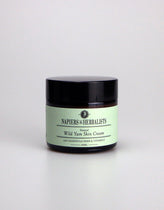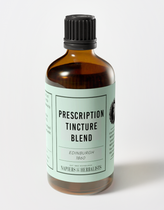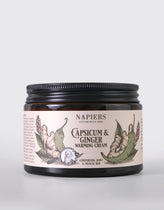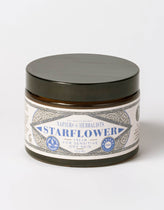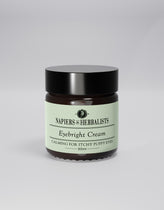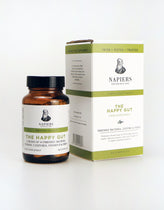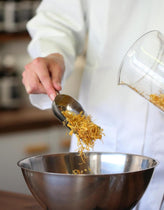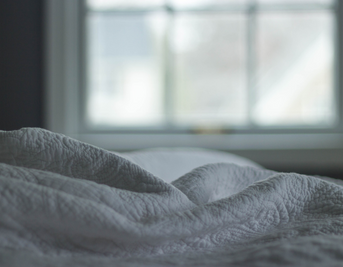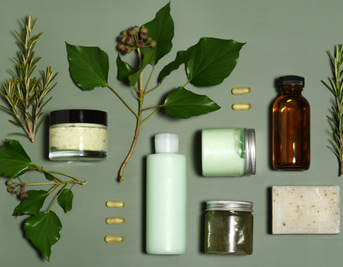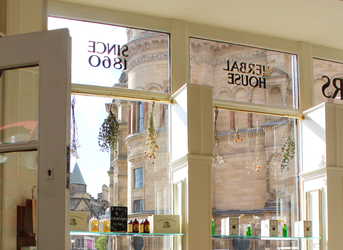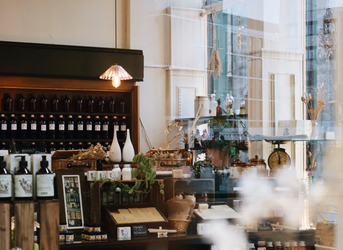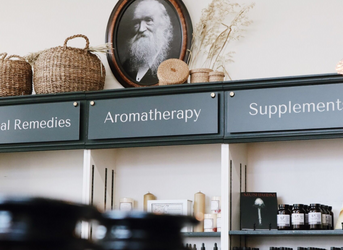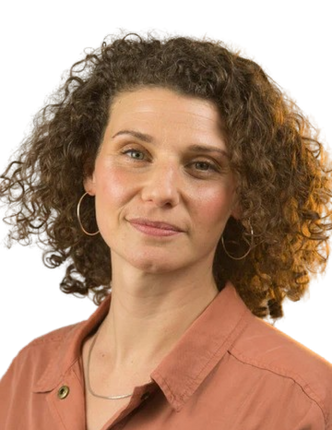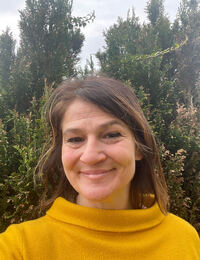The Wild Machair
by Catriona Stewart, MNIMH
August 2014
Catriona is just back from a holiday in the beautiful Western Isles
The wildflower-rich machair of the Western Isles is a herbal and botanical paradise! Catriona Stewart, a Napiers herbalist, has been discovering this breathtakingly beautiful part of Scotland.
I’ve just come back from a cycling holiday in the western isles Barra, Eriskay and South Uist. We went prepared for everything except for days of scorching hot sunshine and blue skies – it was so beautiful. It is beautiful no matter the weather; one of the things that make this area so wonderful is the very special landform encircling these islands known as the Machair.
The word ‘machair’ means ‘fertile plain’, but the term is now used to describe a special kind of dune grassland which provides support to the adjacent crofts. According to Scottish Natural Heritage: “it is a blend of low-lying coastline, sand partly consisting of shell fragments, the effects of strong winds combined with just the right amount of rainfall and, most crucially, the involvement of people and their grazing animals. So unusual is the right combination of these features that machair is restricted world-wide to just the north-west of Scotland and the north-west of Ireland… there is no doubt that it is best developed in the Uists, Tiree, and on Barra.”
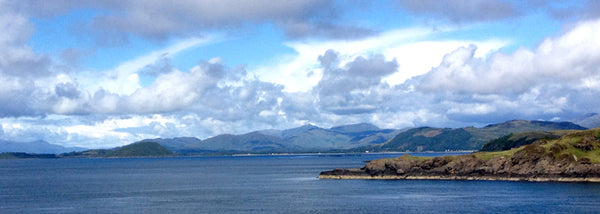
A combination of natural conditions and empathetic land management developed by generations of indigenous people, the machair derives from a combination of crushed seashells mineralising and providing structure to the soil, a wealth of plants to support all sorts of insects, birds and small animals, careful crop rotation and the use of natural fertilisers in the form of kelp.
The RSPB have estimated that the machair is home to 16,000 breeding pairs of wading birds such as lapwings and ringed plovers. There are corncrakes here too. We saw oyster catchers, gulls and the occasional cormorant. We could hear seals singing and caught a glimpse of an otter cub making a dash for it.
The Machair contains a wealth of medicinal plants, as well as some that are just beautifully decorative or beautifully useful to the many, sometimes rare, insects such as the great golden bumblebee. In just a few metres, the list of medicinal plants I spotted went like this:

Firstly, of course, there was Kelp seaweed down on the shore. Up on the dunes there was: Nettle, Red Clover, Eyebright, Plantain, Yarrow, Dock, Thyme, Dandelion
Going a bit further: Lesser Burdock, Mugwort, Meadowsweet, Lady’s Mantle, Self-Heal
In a very small area, there were the makings of digestive and liver support, immune system remedies and anti-histamines, styptics and toners, anti-inflammatories, circulatory stimulants, fever management, expectorants and antiseptics, wound healers and remedies for menstrual issues.
There were also Orchids, Yellow Birdsfoot Trefoil, Lady’s Bedstraw, grasses and grains eg wild Oats, and all sorts of other things such as Hogweed, Bluebells, Corn Marigold and Ragged Robin.
Magic!

